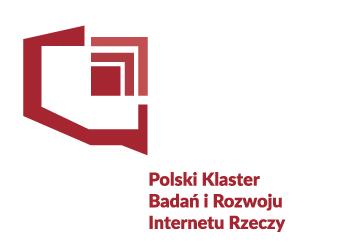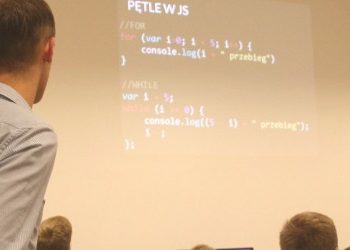First experience with the LoRaWAN™ technology
What LoRaWAN™ really is? It is a technology enabling two-way radio communication, dedicated to the Internet of Things (IoT) solutions. Its main advantages include: large network coverage, low power consumption, and the ability to connect the large number of devices to a single gateway. Theoretically, network coverage should be up to 20 km, and the number of devices supported by a single gateway may potentially be 20 thousand. Data transmission in the LoRaWAN™ network is secured by a 128 bit key AES encryption algorithm. Communication uses 868 MHz frequency, in other words, utilizes the ISM band which is unlicensed.
The network coverage is worth discussing in a greater detail. As mentioned, in theory, it should cover up to 20 km. Practical use has verified it quite quickly. It turns out that when using standard solutions it is difficult to achieve even a 1 km coverage in urban areas! The reason is that the devices are equipped with low-quality aerial systems. For example, the maximum distance of a correct Lorank 8 gate transmission (more than 2 meters above the ground), equipped with a standard quarter-wave aerial with a certified RN2483 radio module which has also worked with quarter-wave aerial, does not reach one kilometre. The modification is the use of industrial half-wave dipole aerial, and its exposure at the height of 10 meters. It significantly improves network coverage (from 2 to 5km, depending on the quality of the aerial).
It is difficult to verify the number of devices which can be connected to LoRaWAN™ because the network is so new, and the radio modules are so expensive that just buying two thousand modules might be very expensive – the estimation is around 100 thousand euro. However, after analyzing the documentation technology, you get the impression that it is, in fact, feasible.
LoRaWAN™ technology has been designed to minimize end devices power consumption, including temperature sensors. It works perfectly with battery solutions. This is an unimaginable advantage of the technology in question. Low energy consumption is ensured by choosing the type of communication, and using the sleep mode in radio modules.
Network security is guaranteed by the basic encryption with a 128 bit AES128 key. However, it is not perfect – today’s standard is a 256-bit AES256 key. Fortunately, adding another layer of data packet encryption using an algorithm, and key length required for a given solution, is not a problem.
In this context, the existence of an open community which, using the LoRaWAN™ technology, creates a free data server for applications based on the technology, The Things Network – is worth mentioning. The philosophy behind this initiative is to create a free network in cities which, from the viewpoint of the residents, significantly simplifies the Smart Cities solutions. This initiative has recently been very active also in our home town – Poznań.
Summarizing, the LoRaWAN™ technology, in an engineering sense, is not new. It is not a new discovery. However, it has many advantages over other players. Combining all of these features in a balanced way, it has tremendous potential for applications of the Internet of Things (IoT) and Smart Cities (Smart Cities).
Article was written by Adam Mydlarz, Business Software Developer in Apollogic.
- On 25/02/2016







0 Comments